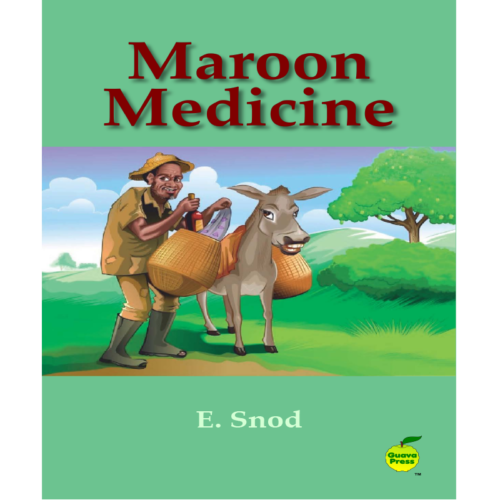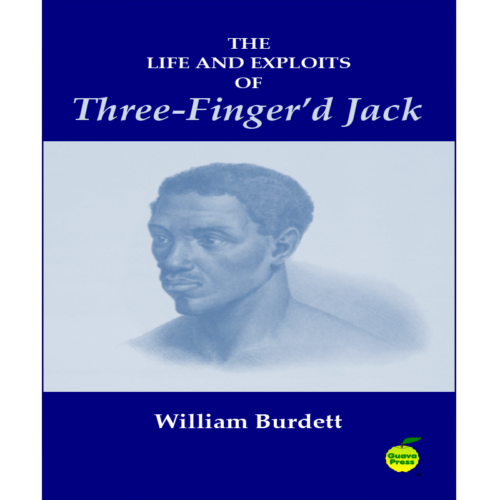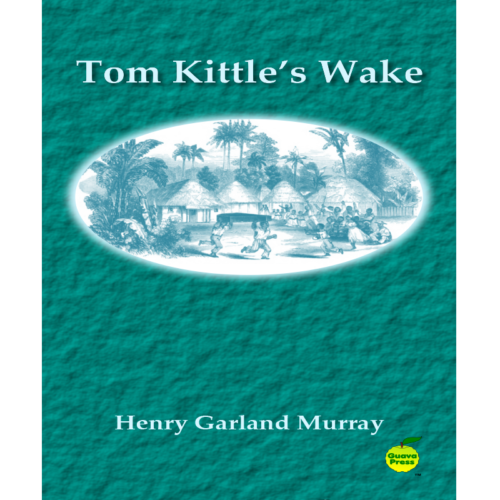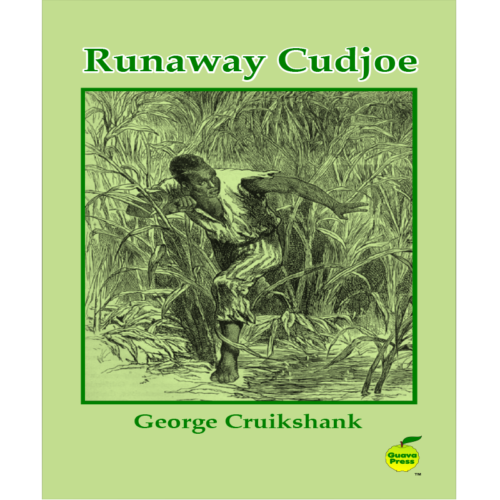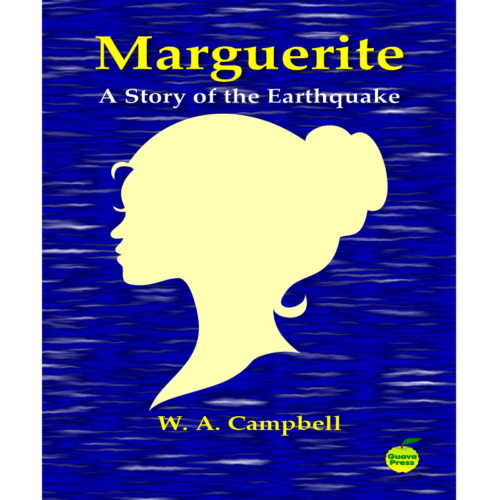-
By E. Snod Maroon Medicine by E. Snod (E. A. Dodd) is a collection of four short stories that portray the lighter side events in the Jamaican countryside. The four fictional stories: “Maroon Medicine,” “Paccy Rum,” “The Red Cock,” and “The Courting of the Dudes,” are sketches from rural Jamaican life in the early 1900s. They are humorous, as well as give valuable insights into people’s lives during that period.
-
By William Burdett William Burdett’s The Life and Exploits of Three-Finger’d Jack (1801), tells the story of Jack Mansong, an African who was captured, taken to Jamaica and forced into slavery. Jack escaped from the sugar plantation where he was forced to do slave labour by the British and ran to the mountains of the island. There he led a guerrilla group of around sixty rebels who fought, during the 1780s, for freedom that was not attained until well over fifty years after. Jack Mansong is one of the unsung heroes of Jamaica.
-
By Tom Redcam Becka’s Buckra Baby by Tom Redcam (Thomas Henry MacDermot) was first published in 1905. The novella explores the social implications and unforeseen consequences when a young lady gives a black girl the Christmas gift of a white doll.
-
By Henry Garland Murray Henry Garland Murray’s Tom Kittle’s Wake (1877), recalls the story of a Jamaican fisherman, as well as his eventual wake. The author was a late nineteenth century newspaper editor and popular storyteller, who was probably the first person to write and publish his work in Jamaican Patois. An excerpt from Tom Kittle’s Wake: Old Tom Kittle was a fisherman, and in his time had been notable in that respect. He had had many a “hairbreadth ’scape” and had been the hero of many a deed that might have won a place in story; but he had not been wont to recount them, for the reason that he never at any time thought of them as highly as other people did.
-
By Sarah Ellis Mimba by Sarah Ellis tells the story of a domestic slave in Jamaica, who is unable to live in freedom with her beloved fiancé, Martin. When Martin informs her of his intention to free both of them from slavery, she has a decision to make. The story was first published 1850 from facts sourced from Edward Long’s History of Jamaica.
-
By George Cruikshank George Cruikshank’s Runaway Cudjoe (1856), tells the true story of a runaway slave in 1820s Jamaica. Cudjoe escapes into the mountains where he lives for the first time as freed man with other runaways. Their liberty is constantly under threat from the British military on the hunt. This story reveals the strong resistance that some Jamaicans demonstrated in their fight against slavery.
-
By W. A. Campbell W. A. Campbell’s Marguerite is a love story set against the backdrop of the earthquake that devastated Kingston and surrounding areas of the island of Jamaica in 1907. This novella was one of the rare attempts to capture some of the delicate social and psychological tensions that existed in the island's colonial society at that time. An excerpt from Marguerite: A Story of the Earthquake: For several months George had been keeping his affection for Marguerite in check, and had been persuading himself that it was a case of “very good friends.” His sense of humour was too strong to admit of his entertaining thoughts of marriage on £100 per annum, and he knew that if he married against his father’s ideas of “equality,” his allowance of £60 was gone.
